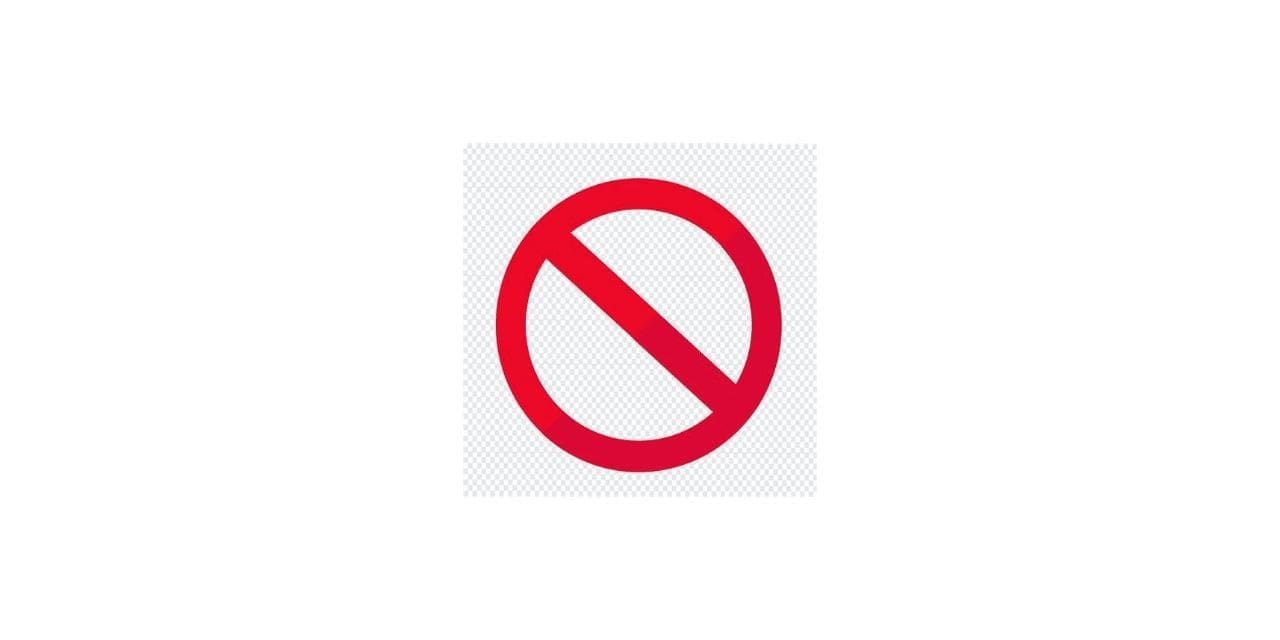Last December, an outlet of the Turkish fast-fashion company Mavi opened on Yerevan’s famous Abovyan Street. However, Mavi is no longer available in Armenia due to a restriction on Turkish imports imposed in response to Turkey’s significant backing for Azerbaijan in last year’s conflict, and has been replaced with a homegrown substitute: Prime, a new Armenian label offering hipster reinventions of daily necessities. Sweatshirts, pants, and T-shirts of various shapes and sizes may be found at the store. On the wall is a collection of accessories produced by one of the salespeople.
Local production of textiles had been growing for years, but has been kickstarted by the embargo. As Turkish clothing has disappeared from the Armenian market, local producers have started offering a broader variety of products.
Armenia’s textile industry has seen its output value triple between 2015 and 2019, driven by the lifting of the embargo on imports from Turkey. The embargo did not affect raw materials such as cotton, but experts predict the industry’s sourcing map will have to change.
Armenia’s Fashion and Design Chamber helps local designers access investment, training, and international fashion shows. The activity is a far cry from Soviet days, when textiles employed 150,000 people, a quarter of the workforce, compared to 8,000 today. Whereas Armenian-made clothing used to be restricted to a few haute couture offerings, more recently mid-size brands offering cheaper but unique clothing have come on the market.
Some of these labels emphasize Armenian culture while others appeal to local youth by reinterpreting symbols from popular culture. Vahan Khachatryan, an Italian-trained co-founder of the Fashion and Design Chamber, says he is optimistic that Armenian-made clothes will soon be a significant force in the local market.
Some of these labels emphasize Armenian culture to attract customers from the large global diaspora. Others – like LOOM Weaving, which focuses on knitted items or ZGEST, known for its dresses – offer mid-range prices. The cost of a single item can be comparable with Armenia’s monthly minimum wage.
Some small designers work together, setting up stores under the slogan “Made in Armenia”. One such shop, 5concept, offers clothing by dozens of Armenian labels, most of which are too small to afford their own boutiques.

